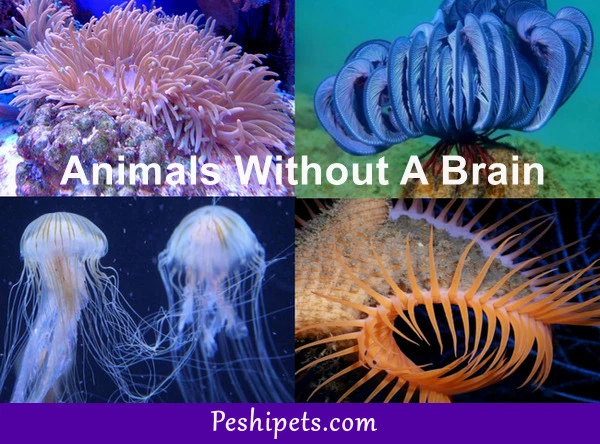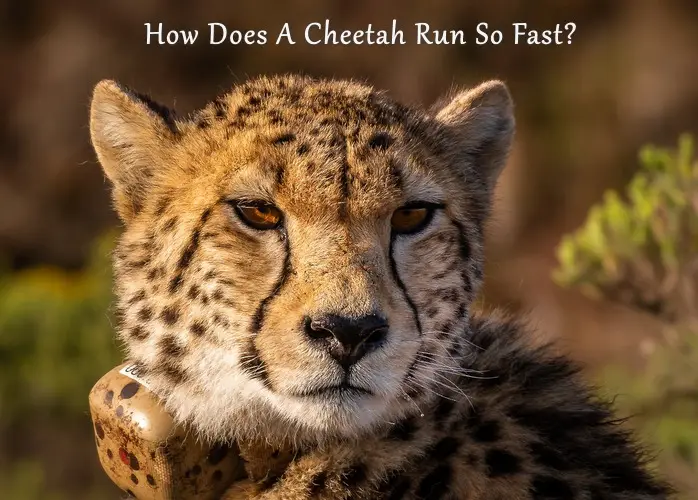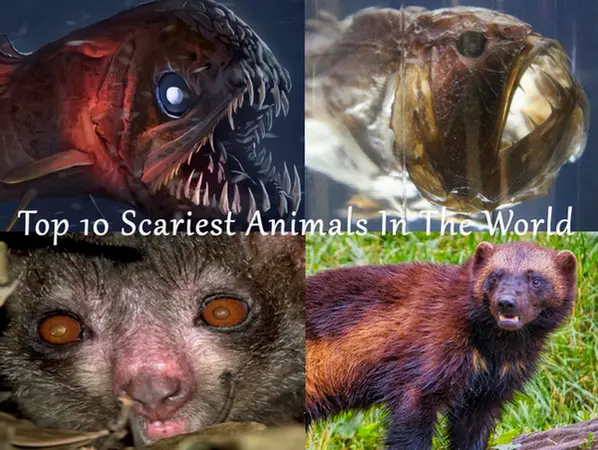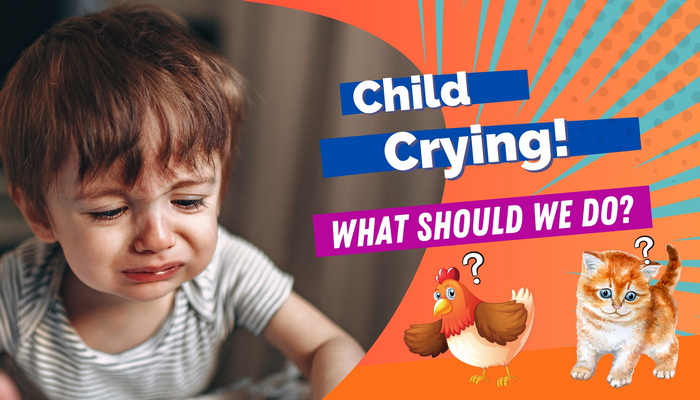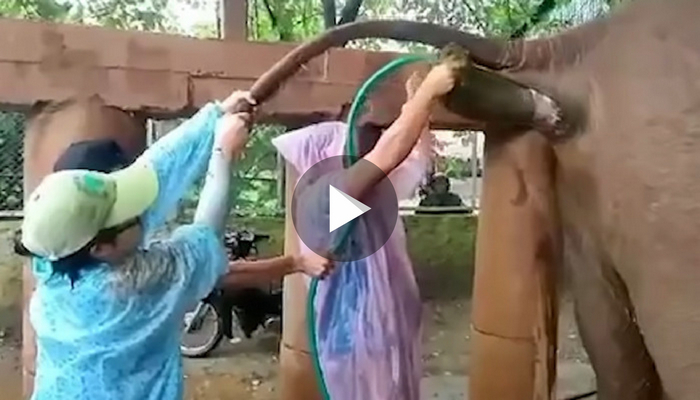Sugar gliders are fascinating and unique creatures that are popular as exotic pets. They are small marsupials, mostly found in Australia, New Guinea, and Indonesia. One of the most intriguing things about sugar gliders is their ability to glide through the air. But Can Sugar Gliders Fly? Let’s find out.
Introduction:
Table of Contents
Sugar gliders are smaller in size just like hamsters and flying squirrels. They are named for their love of sugary foods and their ability to glide through the air. They are social animals that live in large groups in the wild. This species requires more attention because its lifespan is ten to fifteen years.
Video Credits: @animalscoops
Understanding Sugar Gliders’ Flying Abilities
Sugar Glider is always compared to squirrel because both these creatures can glide in the air. Despite the many similarities between the two species, they also have several significant differences. The flying squirrel can fly for short distances by flapping its wings and generating lift. Gliders, on the other hand, are not traditional birds of prey because they cannot generate lift.
Anatomy of Sugar Glider Wings
Sugar Gliders have a unique skin membrane called a ”Patagium” that extends from their wrists to their ankles. By catching the wind and gliding like a parachute, this membrane allows them to glide through the air. The Patagium is supported by a series of bones and cartilage that allow the sugar glider to control its speed and direction while gliding.
How Sugar Gliders Glide Through the Air?
Sugar gliders glide through the air by jumping from a high point, such as a tree branch, and spreading their arms and legs. The patagium membrane stretches out between their limbs, creating a parachute-like shape that catches the air and allows the sugar glider to glide through the air. Sugar gliders can control their direction and speed by adjusting their limb positions and using their tails to steer.
Taking a closer look at the Science Behind Sugar Gliders’ Gliding Abilities
Sugar gliders glide through aerodynamic principles. As the sugar glider jumps from a high point and spreads its limbs, the patagium membrane catches the wind and creates lift. This lift allows the sugar glider to glide through the air and control its direction and speed.
Can Sugar Gliders Fly or Glide?
Technically, Sugar Gliders cannot fly in the traditional sense. They do not have the ability to generate lift and flap their wings like birds or bats. However, they are able to glide through the air by catching the wind with their patagium membrane.
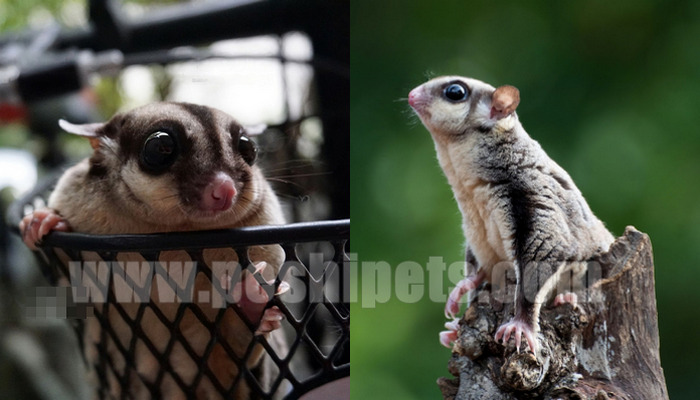
So while they cannot fly, they are certainly skilled at gliding through the air and can travel impressive distances.
Recommended: Do Hens and Kittens comfort crying children?
The Difference Between Flying and Gliding
While Sugar Gliders cannot fly in the traditional sense, their gliding abilities are still impressive. Gliding is a form of flight that relies on wind and gravity to move through the air. Flying, on the other hand, involves generating lift and propelling through the air. While gliding may not be as impressive as flying, these Gliders still travel long distances and navigate their environment.
Are Sugar Gliders capable of gliding a long distance?
The Gliders can glide up to 50 meters in the wild, although most glides are shorter. The distance a sugar glider can glide depends on various factors, including the starting point’s height, the glide’s angle, and wind conditions. In captivity, Gliders may not have the opportunity to glide as much as they would in the wild, so providing them with opportunities for exercise and gliding is essential.
Factors Affecting Sugar Gliders’ Gliding Distance
Here are the following factors that can affect how far a sugar glider can glide:
- The height of the starting point
- The angle of the glide
- The wind conditions
- The weight of the sugar glider
- The temperature and humidity of the environment
Sugar Gliders in the Wild: How They Use Gliding to Survive
In the wild, Gliders use gliding to travel between trees and avoid predators. They can navigate their environment precisely and glide from tree to tree without touching the ground. Gliding also allows them to conserve energy by reducing the need to climb up and down trees.
Caring for Sugar Gliders: Providing Opportunities for Exercise and Gliding
If you want a sugar glider as a pet, ensure they have enough space for exercise and gliding. Always remember that Sugar Gliders are active animals and require a lot of space to climb, jump, and glide. A large cage with plenty of climbing structures and toys is essential, as is time for exercise and play outside the cage.
Are There Risks to Sugar Gliders’ Gliding Abilities?
While Sugar Gliders are skilled gliders, there are still risks associated with gliding. If a sugar glider jumps from too high of a point, it may not be able to control its glide and could crash into something. Gliders can also become disoriented when gliding in an unfamiliar environment. It’s important to provide a safe environment for gliders to glide in and supervise them closely while they are gliding.
Myths About Sugar Gliders’ Flying Capabilities
There are several myths surrounding Sugar Gliders’ flying abilities. Some people believe that these Gliders can fly like birds or bats, but this is not true. They are skilled gliders but cannot generate lift and fly in the traditional sense. It’s important to understand the differences between gliding and flying to provide the best care for gliders, which we have already discussed earlier in this article. If you still have any doubt, you may read, ”What is the difference between Flying and Gliding in Animals?”
Conclusion:
Sugar Gliders are fascinating animals with unique abilities, including their gliding capabilities. While they cannot fly in the traditional sense, Gliders are able to glide through the air with precision and control. Understanding how they glide and providing opportunities for exercise and gliding can help ensure that these amazing animals thrive in captivity.
